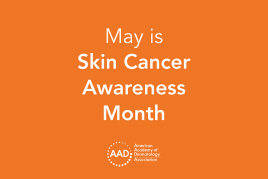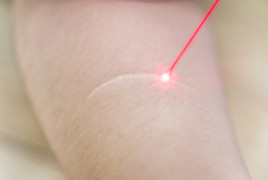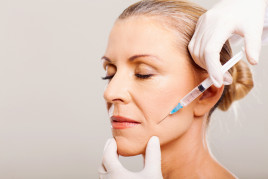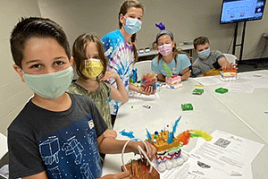Vitiligo: Overview
What is vitiligo?
Vitiligo (vit-uh-lie-go) causes the skin to lose its natural color. Patches of lighter skin appear. Some people develop a few patches. Others lose much more skin color.
Vitiligo
This skin disease often forms on both sides of the body as shown here on the knees.

Vitiligo can also affect other parts of your body. A section of hair can turn white. Some people lose color inside their mouths. Even an eye can lose some of its color.
What causes this color loss is still a mystery. We do know that vitiligo is not contagious. It is not life-threatening.
But vitiligo can be life-altering. Some people develop low self-esteem. They may no longer want to hang out with friends. They can develop serious depression. Most people have vitiligo for life, so it’s important to develop coping strategies.
A coping strategy that helps many people is to learn about vitiligo. Another helpful strategy is to connect with others who have vitiligo.
Related AAD resources
Image
References
Nicolaidou E, Antoniou C, Stratigos A et al. Narrowband ultraviolet B phototherapy and 308-nm excimer laser in the treatment of vitiligo: a review. J Am Acad Dermatol 2009; 60: 470-7.
Whitton ME, Ashcroft DM, Gonzalez U. Therapeutic interventions for vitiligo. J Am Acad Dermatol 2008; 59: 713-7.
 Think sun protection during Skin Cancer Awareness Month
Think sun protection during Skin Cancer Awareness Month
 How to care for your skin if you have lupus
How to care for your skin if you have lupus
 Practice Safe Sun
Practice Safe Sun
 Sunscreen FAQs
Sunscreen FAQs
 Fade dark spots
Fade dark spots
 Hidradenitis suppurativa
Hidradenitis suppurativa
 Laser hair removal
Laser hair removal
 Scar treatment
Scar treatment
 Botox
Botox
 Kids' camp - Camp Discovery
Kids' camp - Camp Discovery
 Dermatologist-approved lesson plans, activities you can use
Dermatologist-approved lesson plans, activities you can use
 Find a Dermatologist
Find a Dermatologist
 Why choose a board-certified dermatologist?
Why choose a board-certified dermatologist?